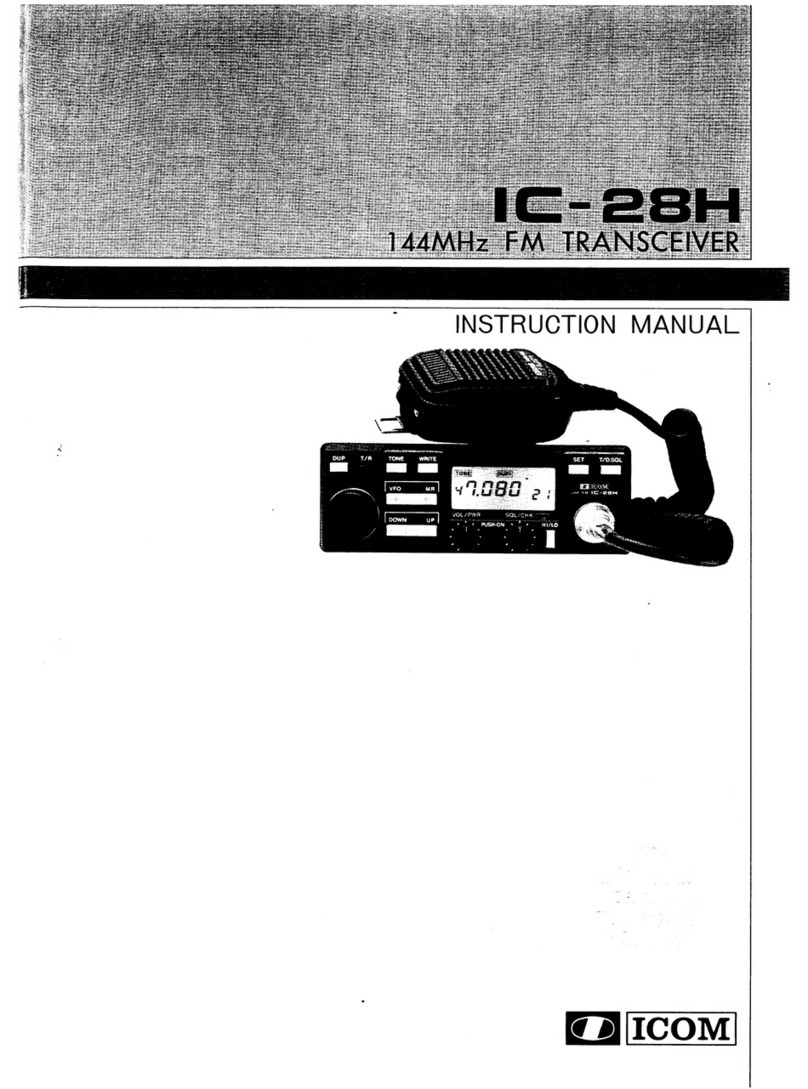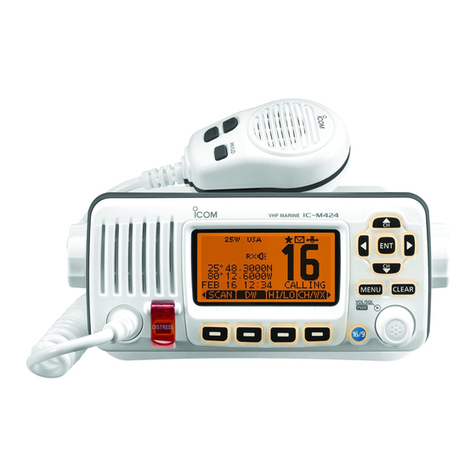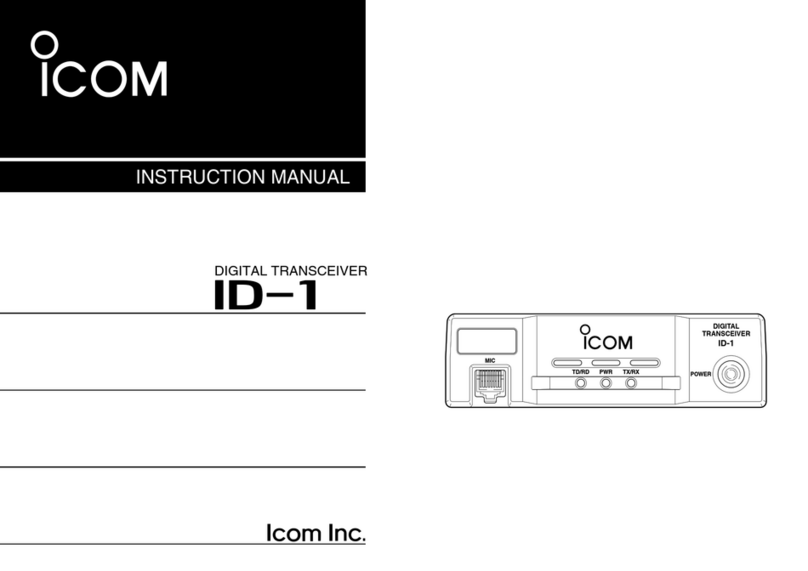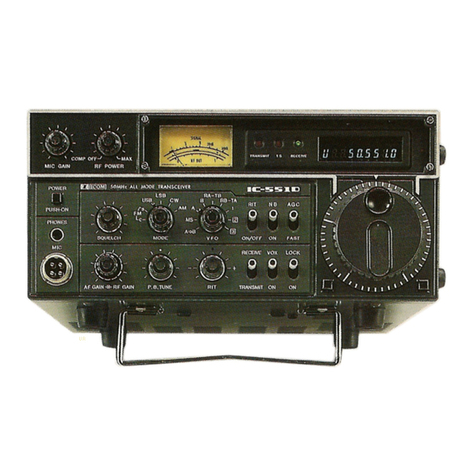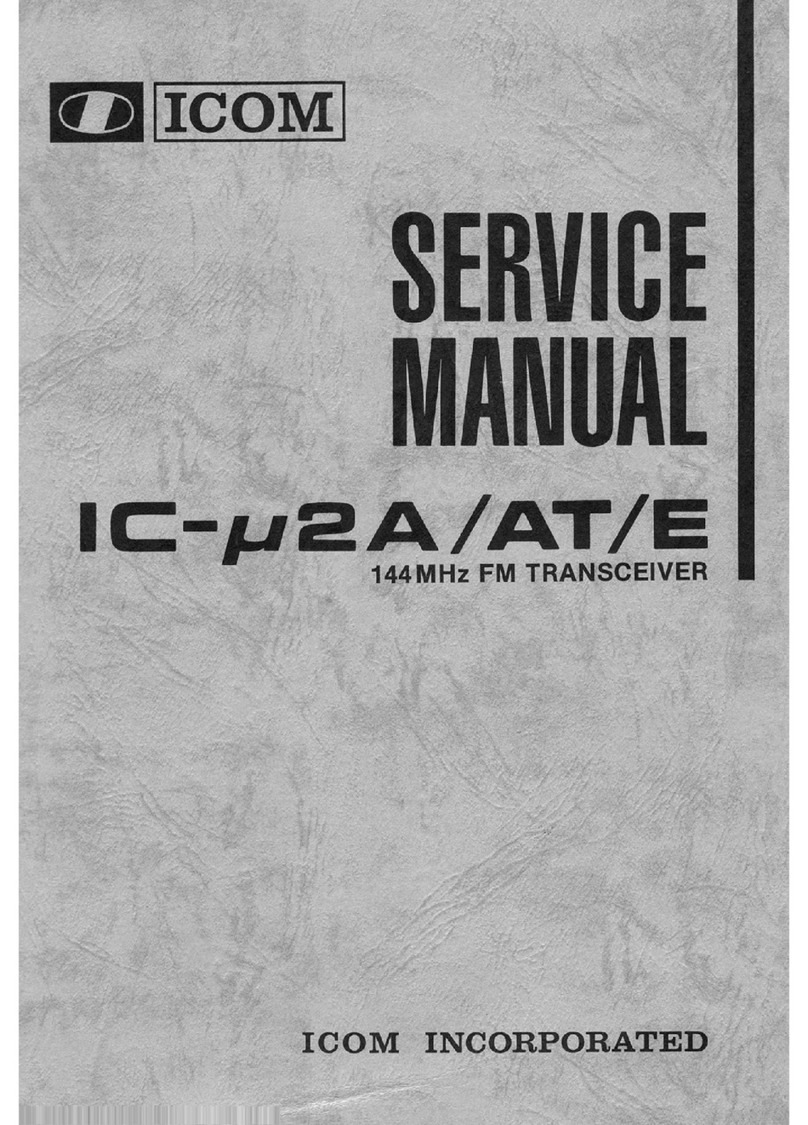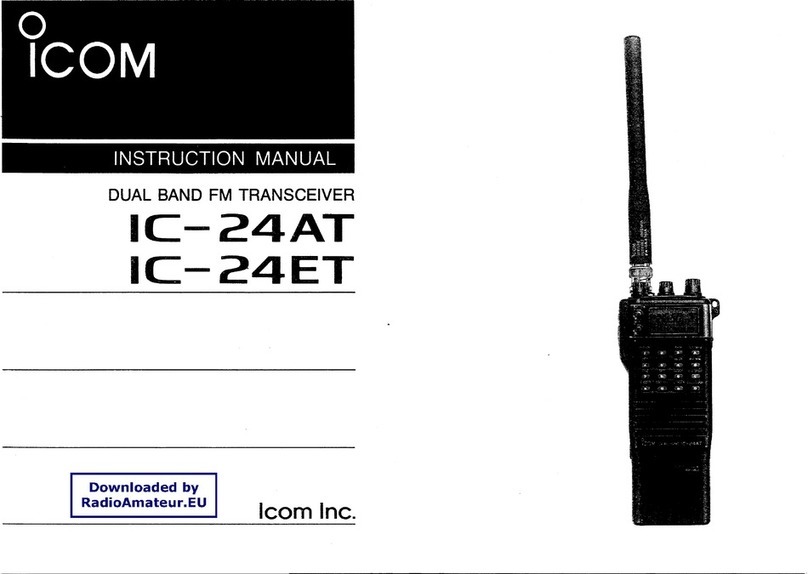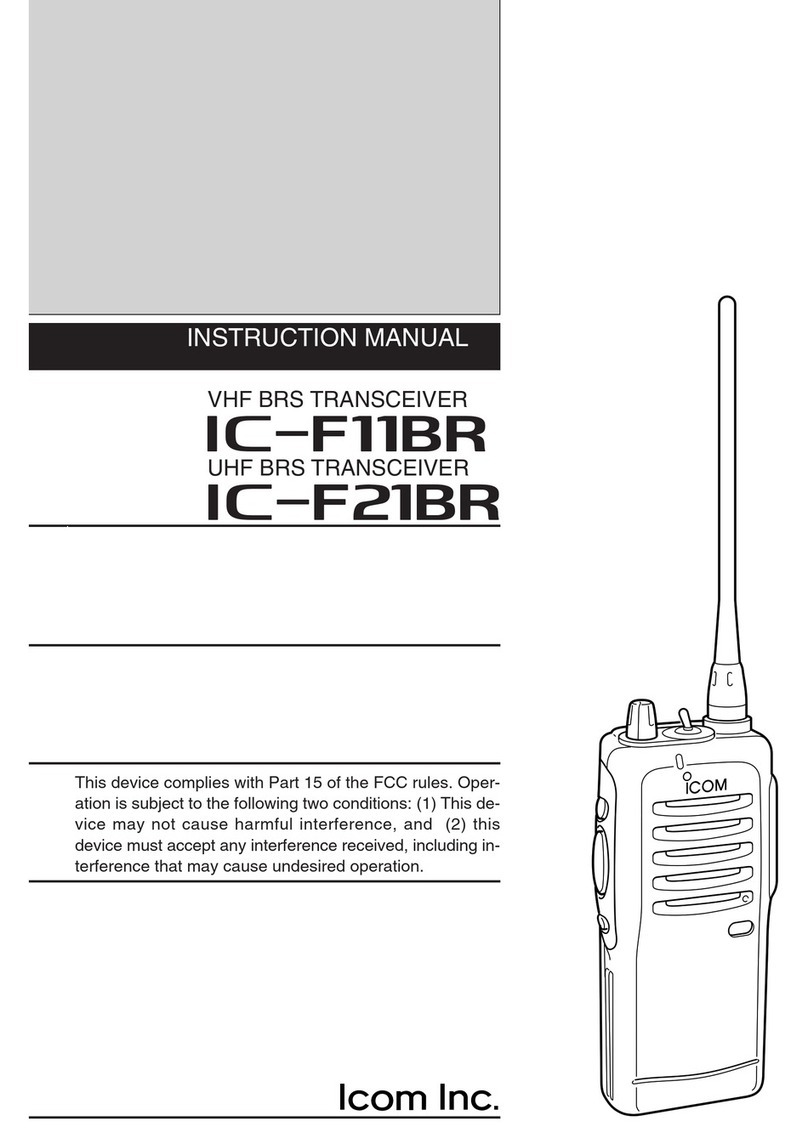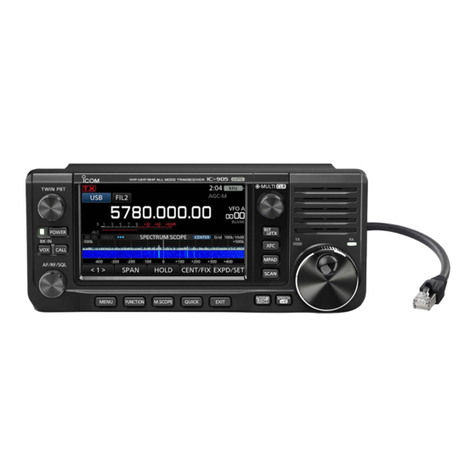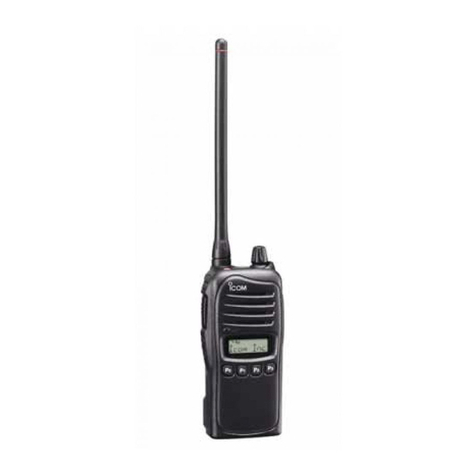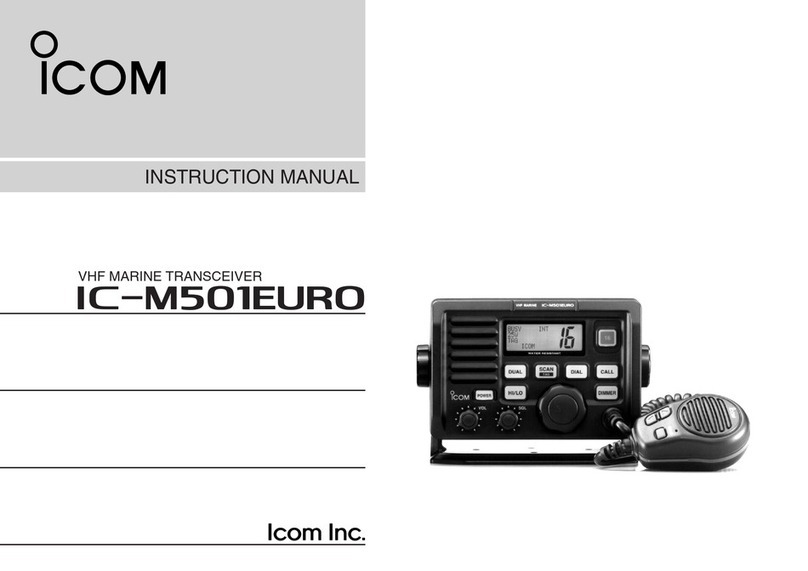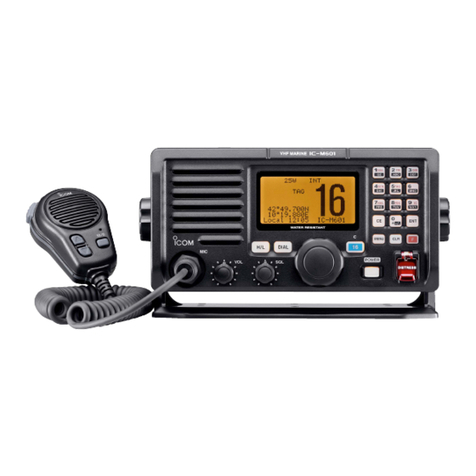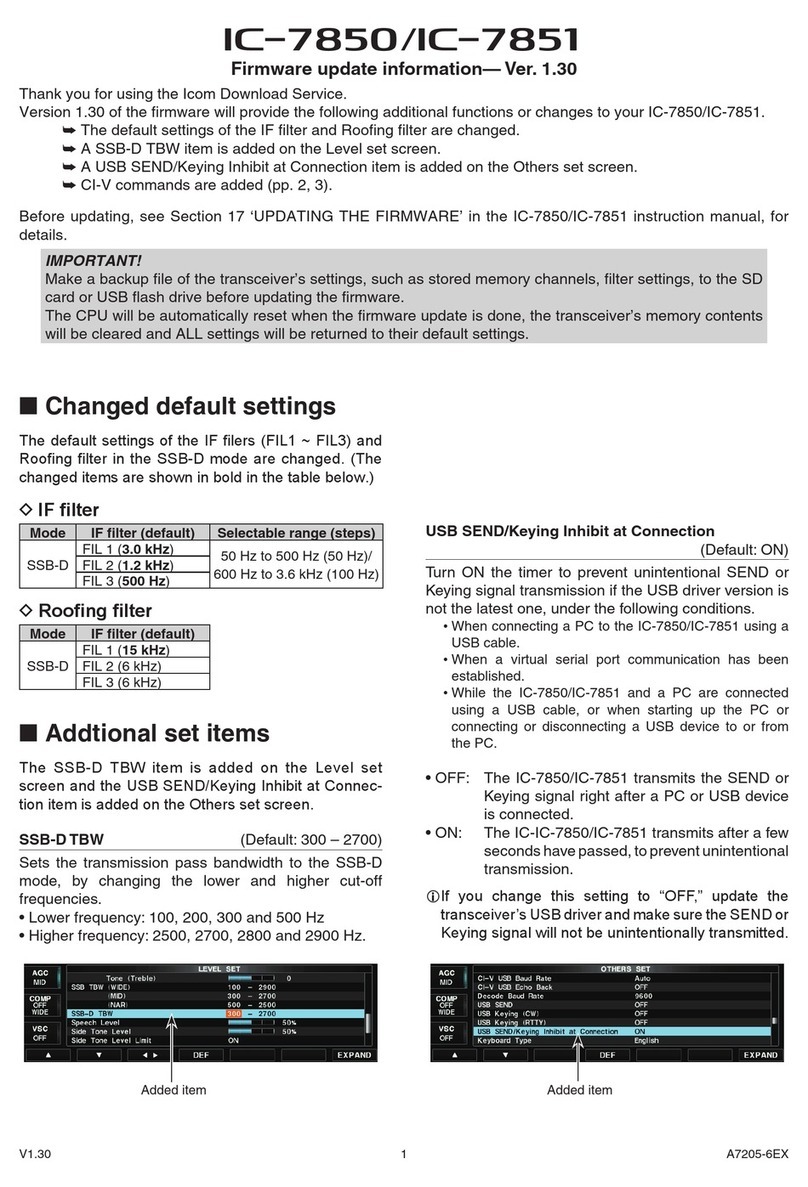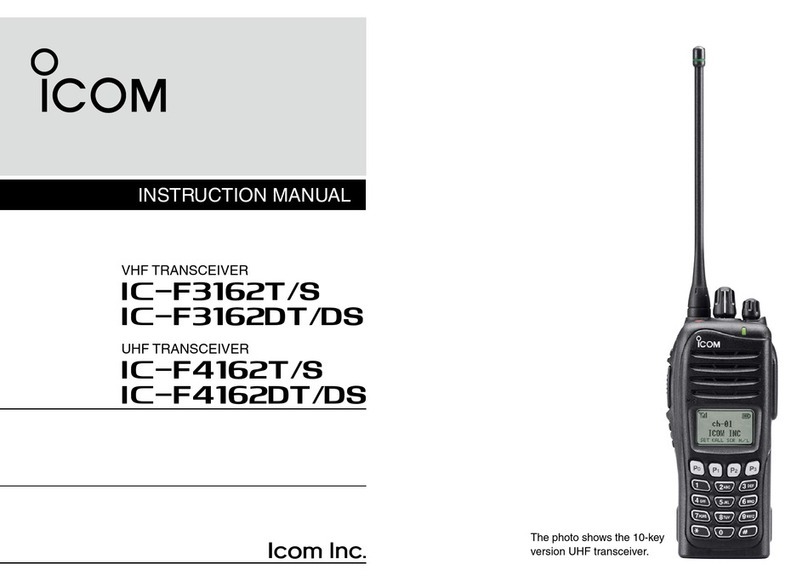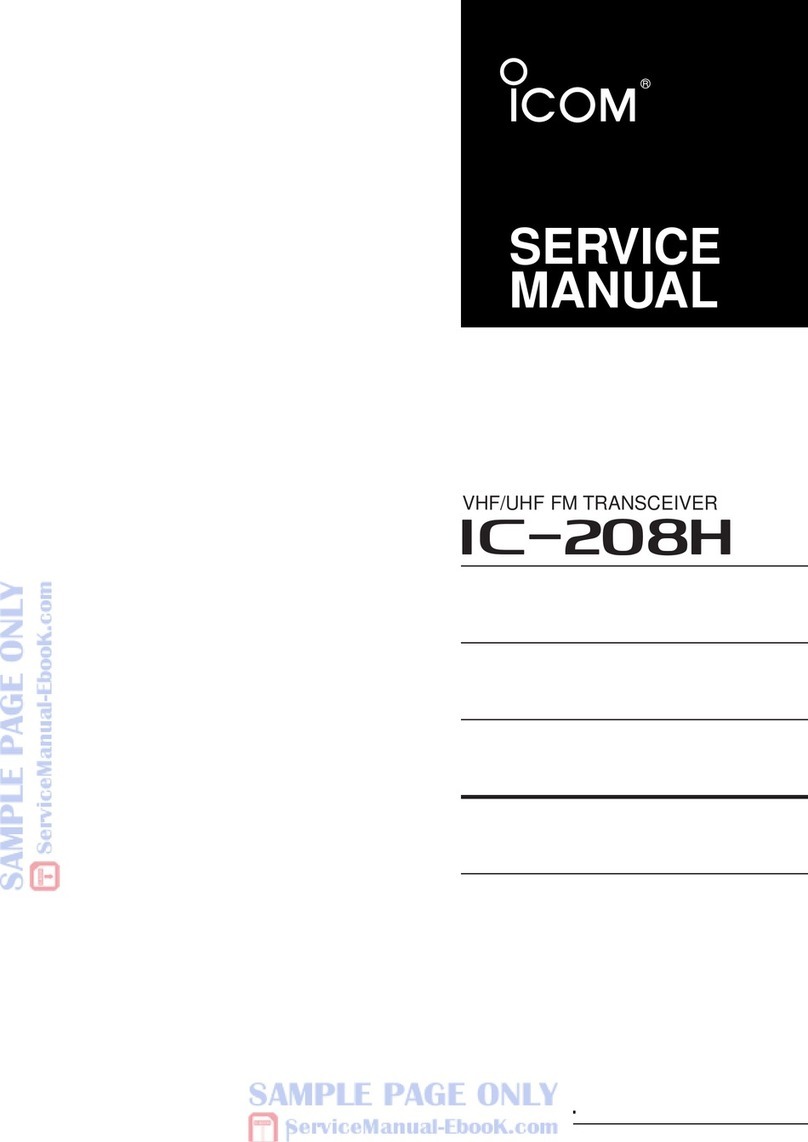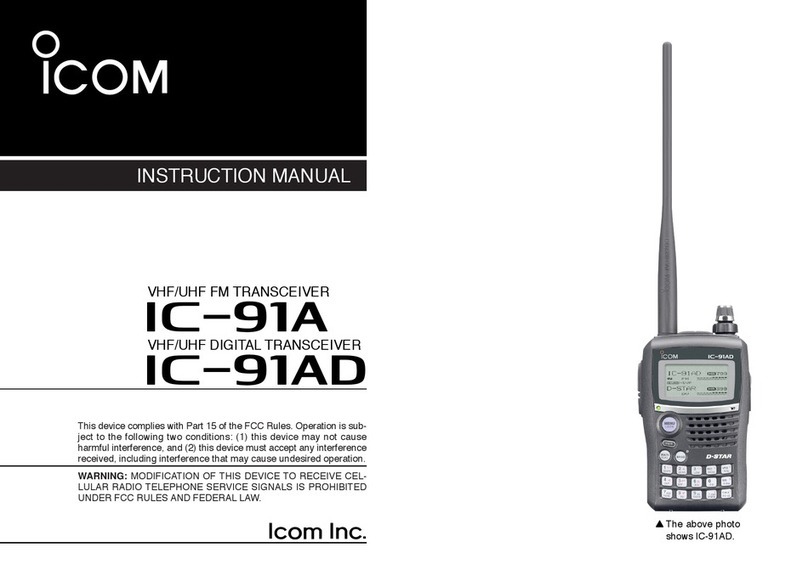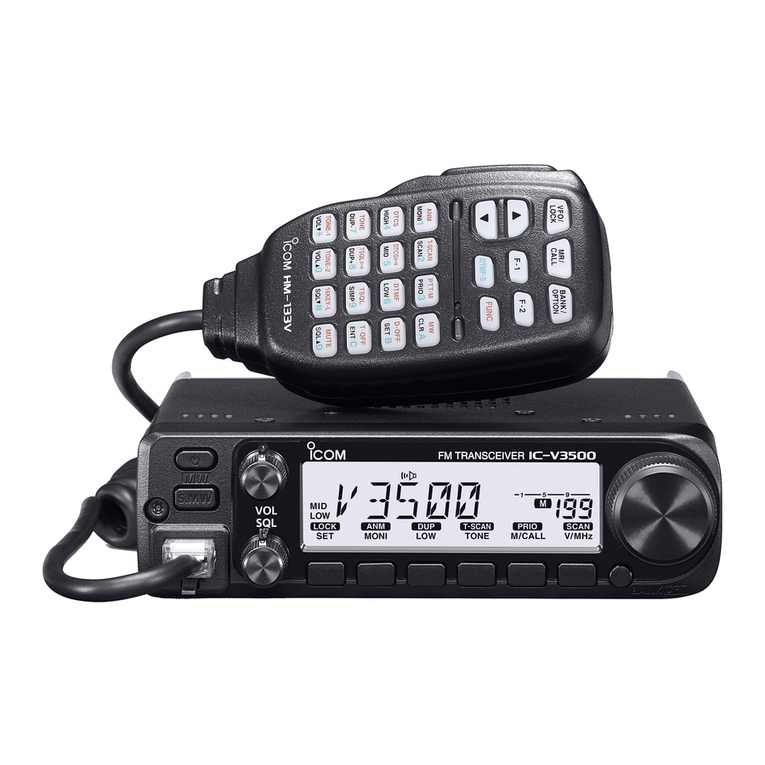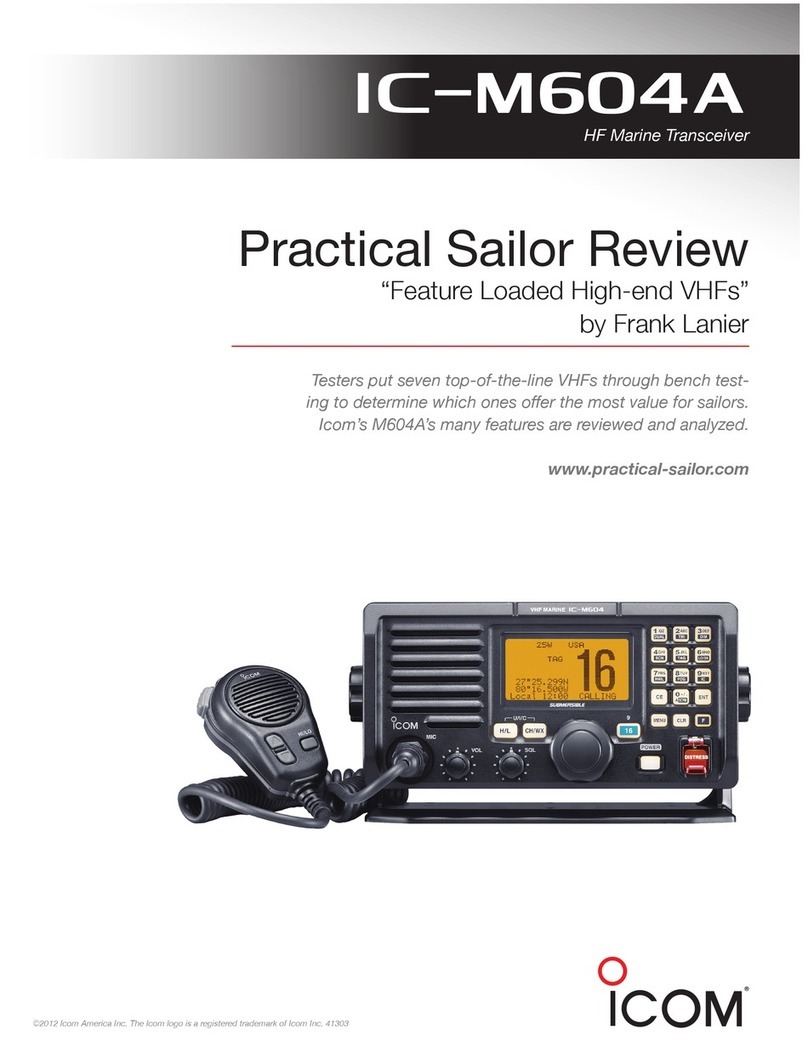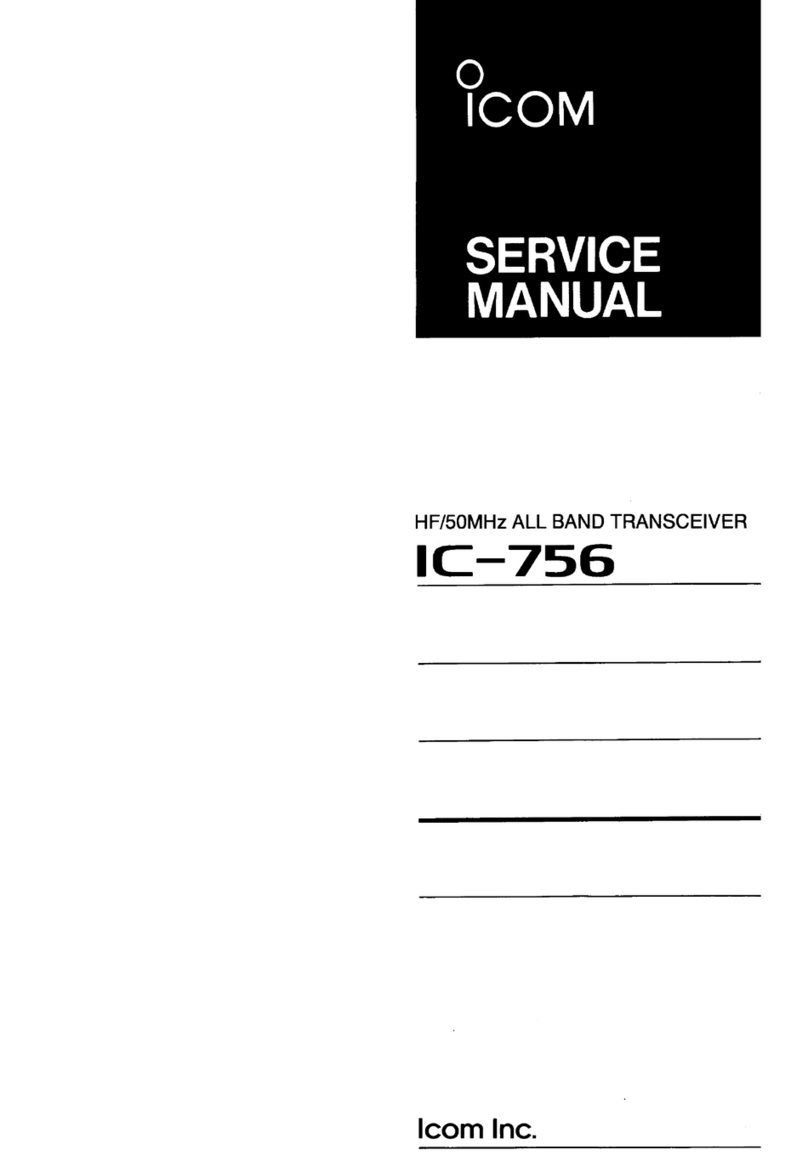v
SAFETY TRAINING INFORMATION ................................... i
IN CASE OF EMERGENCY ............................................... ii
RECOMMENDATION .......................................................... ii
FOREWORD ...................................................................... iii
IMPORTANT ....................................................................... iii
EXPLICIT DEFINITIONS .................................................... iii
FEATURES ......................................................................... iii
CAUTIONS ......................................................................... iv
TABLE OF CONTENTS ...................................................... v
1 OPERATING RULES ...................................................... 1
2 PANEL DESCRIPTION ............................................... 2–5
■Front, top and side panels............................................ 2
■Function display .......................................................... 4
3 BASIC OPERATION ................................................... 6–9
■Channel selection ........................................................ 6
■Lock function ............................................................... 7
■Adjusting the squelch level .......................................... 7
■Receiving and transmitting .......................................... 8
■Call channel programming .......................................... 9
■Automatic backlighting ................................................ 9
4 DUALWATCH/TRI-WATCH .......................................... 10
■Description ................................................................ 10
TABLE OF CONTENTS
■Operation ................................................................... 10
5 SCAN OPERATION ................................................ 11–12
■Scan types ................................................................. 11
■Setting tag channels .................................................. 12
■Starting a scan .......................................................... 12
6 SET MODE ............................................................. 13–16
■SET mode programming ........................................... 13
■SET mode items ........................................................ 13
7 BATTERY CHARGING ........................................... 17–19
■Battery charging ........................................................ 17
■Battery cautions ......................................................... 17
■Installing batteries in the battery case ....................... 18
■Optional battery chargers .......................................... 19
8 SUPPLIED ACCESSORIES AND ATTACHMENTS 20–22
9 TROUBLESHOOTING .................................................. 23
10 CHANNEL LIST ........................................................... 24
11 SPECIFICATIONS AND OPTIONS .............................25
■Specifications ........................................................... 25
■Options ..................................................................... 25
